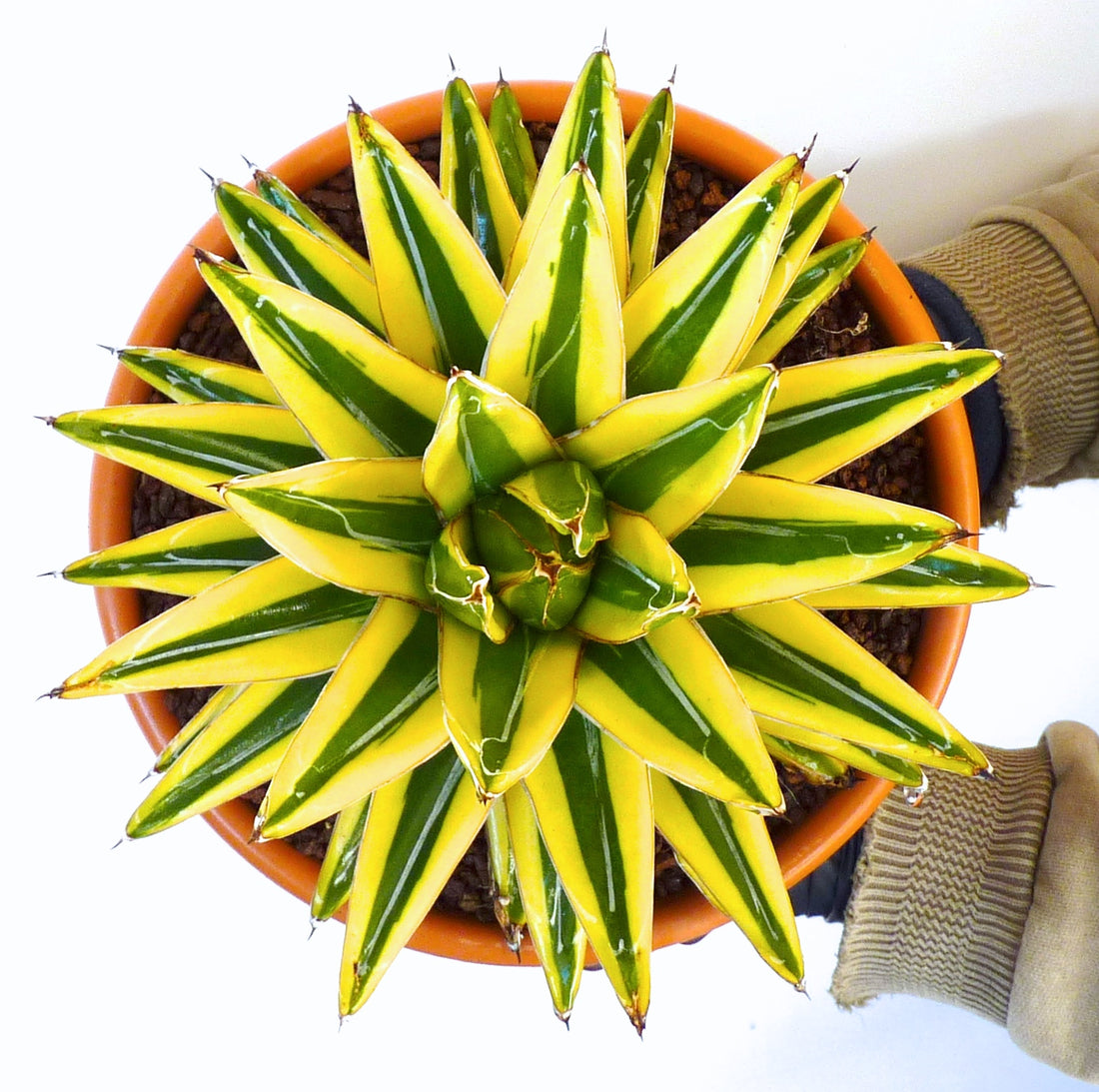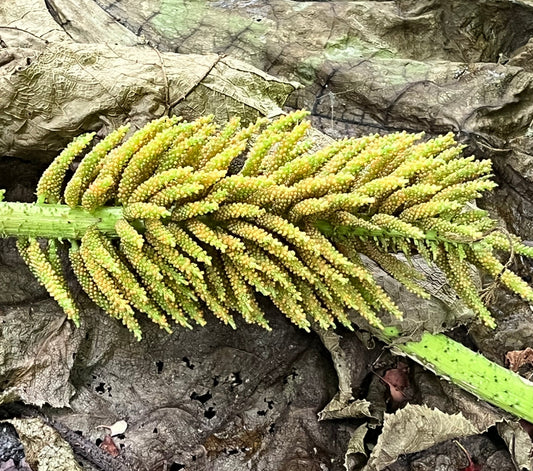Agave plants are known for their versatility and resilience, thriving in diverse climates and soils. Whether you're a home gardener or considering agave cultivation on a larger scale, here's a small guide to help you grow healthy and vibrant agave plants.
1. Choose the Right Variety:
There are numerous agave species available in our store, each with its unique characteristics. Some popular varieties include Agave americana, Agave parryi, and Agave tequilana (used to make tequila).
Select a variety that suits your climate, soil type, and available space.
2. Climate and Sunlight:
Agaves generally prefer full sunlight. Ensure they receive at least 6 to 8 hours of direct sunlight daily.
These plants are adaptable to various climates but do best in regions with well-draining soil and moderate temperatures.
3. Soil Requirements:
Agaves thrive in well-draining soil to prevent root rot. Sandy or loamy soil with a slightly acidic to neutral pH is ideal.
Mix in organic matter like compost to enhance soil fertility and drainage.
4. Planting:
Plant agaves during the spring or fall when the soil is warmer. If planting multiple agaves, provide enough space between them to allow for proper growth.
Dig a hole slightly larger than the root ball, place the agave, and backfill with soil. Water thoroughly after planting.
5. Watering:
Agaves are drought-tolerant once established. Water sparingly, allowing the soil to dry out between watering sessions.
Overwatering can lead to root rot, so it's crucial to strike a balance. Reduce watering during the winter months.
6. Fertilizing:
Agaves are not heavy feeders. Apply a balanced, slow-release fertilizer in the spring to promote healthy growth.
Avoid excessive nitrogen, as it can lead to leggy growth and diminish the plant's resilience.
7. Pruning:
Agaves generally do not require much pruning. Remove dead or damaged leaves with clean, sharp shears.
Be cautious of the spines along the edges of the leaves and wear protective gloves.
8. Pest and Disease Control:
Agaves are relatively resistant to pests and diseases, but occasionally they may face challenges like scale insects or fungal issues.
Monitor your plants regularly, and treat any problems promptly with appropriate organic or chemical solutions.
9. Propagation:
Agaves can be propagated from offsets (pups) that develop around the base of mature plants. Carefully separate these pups and plant them in well-draining soil.
Allow newly planted pups time to establish roots before exposing them to full sunlight.
10. Winter Care:
Most agaves are cold-hardy, but extreme winter conditions may pose a threat. If you live in a colder climate, provide extra protection with mulch around the base of the plant.
Container-grown agaves should be moved indoors during frosty periods.
By following these guidelines, you'll be on your way to cultivating healthy and beautiful agave plants. Remember to adapt these recommendations based on the specific requirements of the agave variety you choose and the conditions of your local environment.
10. Winter Care:
Most agaves are cold-hardy, but extreme winter conditions may pose a threat. If you live in a colder climate, provide extra protection with mulch around the base of the plant.
Container-grown agaves should be moved indoors during frosty periods.
By following these guidelines, you'll be on your way to cultivating healthy and beautiful agave plants. Remember to adapt these recommendations based on the specific requirements of the agave variety you choose and the conditions of your local environment.




